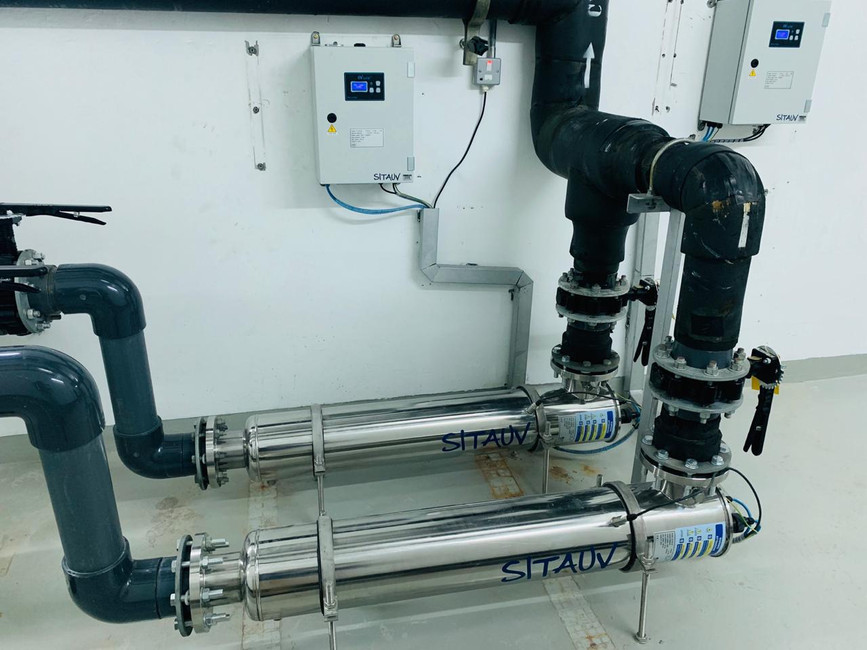
Biosecurity and Disinfection, Part I
One of the worst things that can happen in an intensive aquaculture system is a disease outbreak. Due to the close quarters in which we keep our fish, disease can spread rapidly through a system and cause significant treatment costs or even mortality amongst the fish in the system. As such, it is important to prevent disease introduction to a facility. A topic that never seems to get much notice around farms is biosecurity, but that is the focus of today’s post.
Biosecurity, in general, refers to the aquaculture facility’s resistance to disease introduction and spread. Biosecurity can also work in the opposite way, as some facilities are required to maintain strict controls on what leaves the facility in case of potential exotic species release. The concept of a biosecure facility can be broken down to several parts. For now, we will focus on three of the most common points where we see the opportunity for improvement: first, personnel and entry/exit protocols; second, surface disinfection; and third, system disinfection.
Our first point, personnel and entry/exit protocols, is strictly a procedural point. Maintaining biosecurity starts with knowing who and what has entered and exited your facility. The first line of defense for a facility begins with a simple fence. This prevents people from entering the facility unbeknownst to the operator. It also allows for a security gate and sign in/sign out list. We have seen everything from interested people wandering in off the street to ask questions, to people breaking in to steal fish from farmers tanks and ponds. At this point, the farmer should ensure that all visitors are free of contaminants and have not been to other potentially diseased facilities, lakes, or beaches in a reasonable amount of time. Many facilities opt for visitors to remove shoes and use company provided boots to ensure disinfection. All visitors and vehicles should be required to pass through a foot bath or wheel bath containing a disinfectant such as Virkon Aquatic. The same protocol should be used when entering rooms or buildings containing different systems.
Our next point is surface disinfection. Aquaculture facilities, by their very nature, can be breeding grounds for bacteria. Due to the humid, often warm environment we operate in, it is imperative that surfaces be kept clean and free of mold and biofilms. Vigilant cleaning and checklists are recommended to keep employees accountable for this.
Our final point of discussion for today’s post is system disinfection. This refers to the active disinfection components of the aquaculture systems. Typically we treat water with UV radiation or ozone gas for disinfection. There are some great advantages to each of these methods, but first we should discuss where they are placed in a system. The first point of disinfection should always be on the incoming water supply. This is especially important if the water supply is a natural body of water like a lake, stream, or ocean. The natural water can harbor large amounts of pathogens and should always be considered harmful. The next point of disinfection should be on any recirculating systems in the facility. Each system should have it’s own disinfection unit to maintain clean water and low bacteria counts. Finally, water may need to be disinfected again on the way out of the facility, depending on local regulations and the final point of discharge. UV systems are the most common type of disinfection used due to their easy implementation and simple operation. They are able to be added to nearly any aquaculture system and have no residual effect. It is important to size them properly though, as each pathogen requires a different amount of radiation to destroy. Ozone systems are common in larger aquaculture applications, as they have the capability to economically treat massive amounts of water. Ozone can destroy nearly any organic particle in the water column and enables the operator to have crystal clear, clean water. Operators should always be cautious though, as ozone gas is toxic to humans and animals alike, so expert sizing and process controls are always recommended.
Next week we will dive further into UV and ozone systems and why we choose one over the other for specific projects. Thanks for reading!
